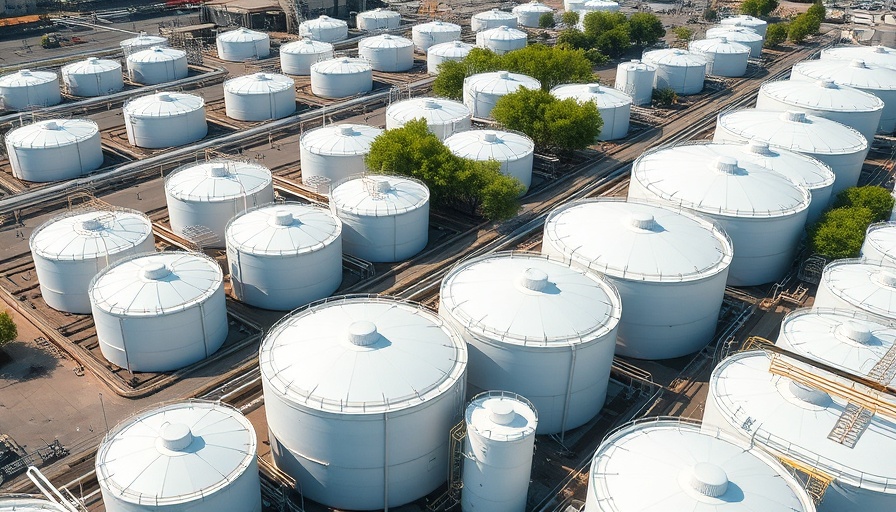
US Faces Long Road to Refill Strategic Petroleum Reserve
The U.S. government has recently provided a stark estimate regarding the replenishment of its Strategic Petroleum Reserve (SPR). Energy Secretary Chris Wright announced that it could take approximately $20 billion and several years before the reserve reaches its maximum capacity. This estimate has gained relevance in light of recent discussions about energy security and oil prices.
The SPR, established in 1975 following the Arab oil embargo, stands as the world’s largest emergency oil stockpile, designed to alleviate the impact of abrupt supply disruptions—be it from natural disasters or geopolitical conflicts. Currently, the reserve holds about 395 million barrels, significantly lower than the 727 million barrels it contained at its peak in 2009. This decrease can largely be attributed to previous administrations utilizing these resources during times of crisis.
The Political Landscape and SPR Utilization
Efforts to refill the SPR have unfolded against a backdrop of complex political dynamics. During his presidency, Donald Trump positioned the replenishment of the reserve as part of his broader energy strategy. He criticized the Biden administration for tapping into the reserve during high gas prices, particularly after the Russian invasion of Ukraine propelled oil prices upward.
As part of the refilling process, Secretary Wright emphasized that the Energy Department has yet to submit a funding request to Congress for the necessary allocations. This indicates that while the replenishment is planned, immediate action may not be forthcoming due to budgetary constraints and competing priorities within the Department.
Why Replenishment is Critical for Energy Security
Replenishing the SPR is not merely about stockpiling oil—it’s about mitigating risk. The reserve is essential for safeguarding against various catastrophic scenarios that can disrupt oil supplies, such as hurricanes or military conflicts. Experts argue that maintaining a robust reserve is crucial for national security, especially as the U.S. transitions into becoming a net exporter of crude oil.
Besides geopolitical tensions, the SPR serves as a buffer that stabilizes domestic oil prices. When global markets experience volatility, a well-stocked SPR can help absorb shocks, preventing price spikes at the pump that could negatively impact the economy.
Future Strategies for SPR Replenishment
Looking ahead, several strategies could be implemented to expedite the refilling of the SPR. One approach being discussed is the cancellation of previously mandated sales which would prevent the outflow of oil and lessen wear and tear on the underground caverns that store the oil. By conserving the current supply while seeking additional funding, the Department of Energy aims to stabilize both the SPR and the market.
Moreover, there is dialogue surrounding innovative procurement methods that could reduce costs and improve efficiency in purchasing crude oil for the reserve. This is particularly pressing given that the $20 billion estimate would only allow for the purchase of around 301 million barrels, falling short of fully restoring the SPR.
Local Impact and National Implications
The implications of the SPR's status extend beyond just national conversations and significantly impact local economies. Price stability in gasoline and diesel fuels affects everyday consumers, influencing everything from commuting costs to how much families budget for travel.
As the U.S. grapples with shifting energy policies, local communities must remain attuned to these developments, as changes in national energy strategy often have ripple effects. Addressing concerns about energy security can serve the dual purpose of bolstering local economies while safeguarding broader national interests.
In conclusion, as the debate surrounding the replenishment of the Strategic Petroleum Reserve unfolds, it is clear that it will take time and significant investment to restore it to health. The resulting actions taken by lawmakers and the Department of Energy will nudge the U.S. toward a more secure energy future, benefiting all Americans.
 Add Element
Add Element  Add Row
Add Row 



Write A Comment